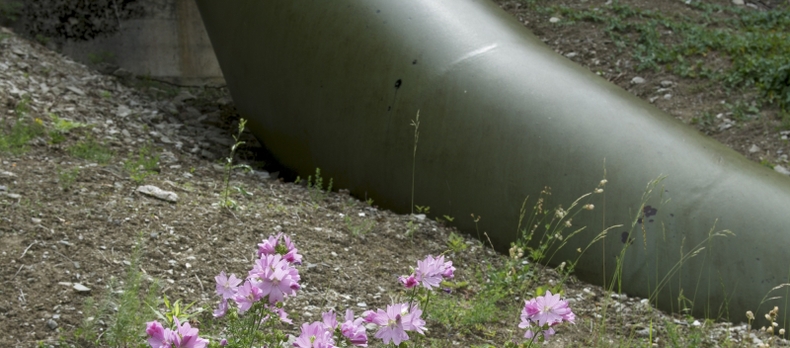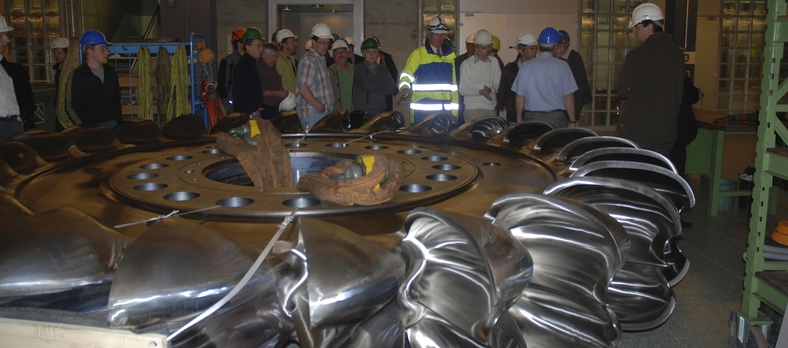Sensima: gaining more detailed knowledge of hydroelectric installations



Goal
To develop a high-technology system that enables the metal parts of hydroelectric installations to be inspected
Partners
CSEM, Hydro Exploitation, Sensima Inspection, The Ark Foundation
Hydroelectric power stations have a particularly long lifespan. This creates a challenge as regards inspecting the technical installations, and more specifically as regards detecting problems or premature wear in the materials.
In 2011, a project was launched under the aegis of The Ark Foundation, in partnership with the academic organisation CSEM (Centre Suisse d’Électronique et de Microtechnique) and two SMEs, Sensima Inspection and Hydro Exploitation. The aim was to develop and market a reliable electronic system for inspecting pipes and submerged equipment (valves etc.)
The potential clients include not only operators of hydroelectric installations, who will be able to inspect penstocks easily and manage any defects over the long term, but also operators of offshore gas and oil extraction platforms.
Content of the project
The aim of the project, which received 50% of its funding from The Ark Foundation, was to develop the equipment necessary to inspect pipes. A measuring device based on eddy current inspection was developed. This device had to be capable of operating within significant constraints concerning temperature, humidity and vibrations, and be very mechanically robust and waterproof. The technology also had to be useable with different types of inspection robot. It enables any defects, such as cracking near welds or corrosion, to be located, as well as any changes in the structure of the materials used in pipes, screens or valves. This technology enables maintenance operations to be optimised and provides additional information to determine the fitness for service of hydroelectric power stations.
The technology also has to ensure that quality measures are taken, data is maintained and means of comparison are preserved so that gradual deterioration can be identified.
Practical outcomes
A prototype device was developed in 2012. In 2013, it should be possible to consolidate the results and test this prototype. By the end of 2013, a new company will have been created in the Valais, and it will no doubt become a major player in the field of non-destructive test equipment.

